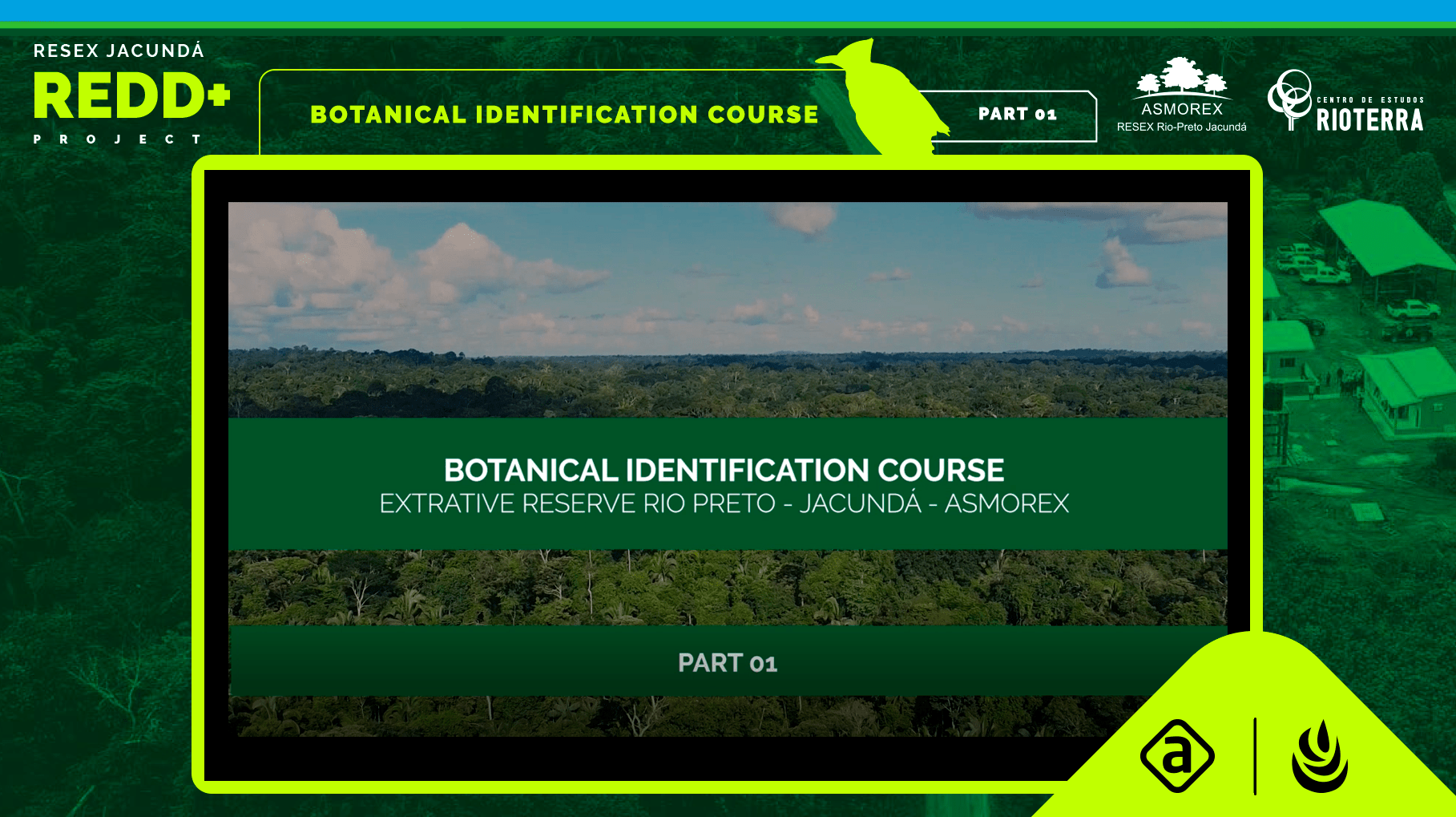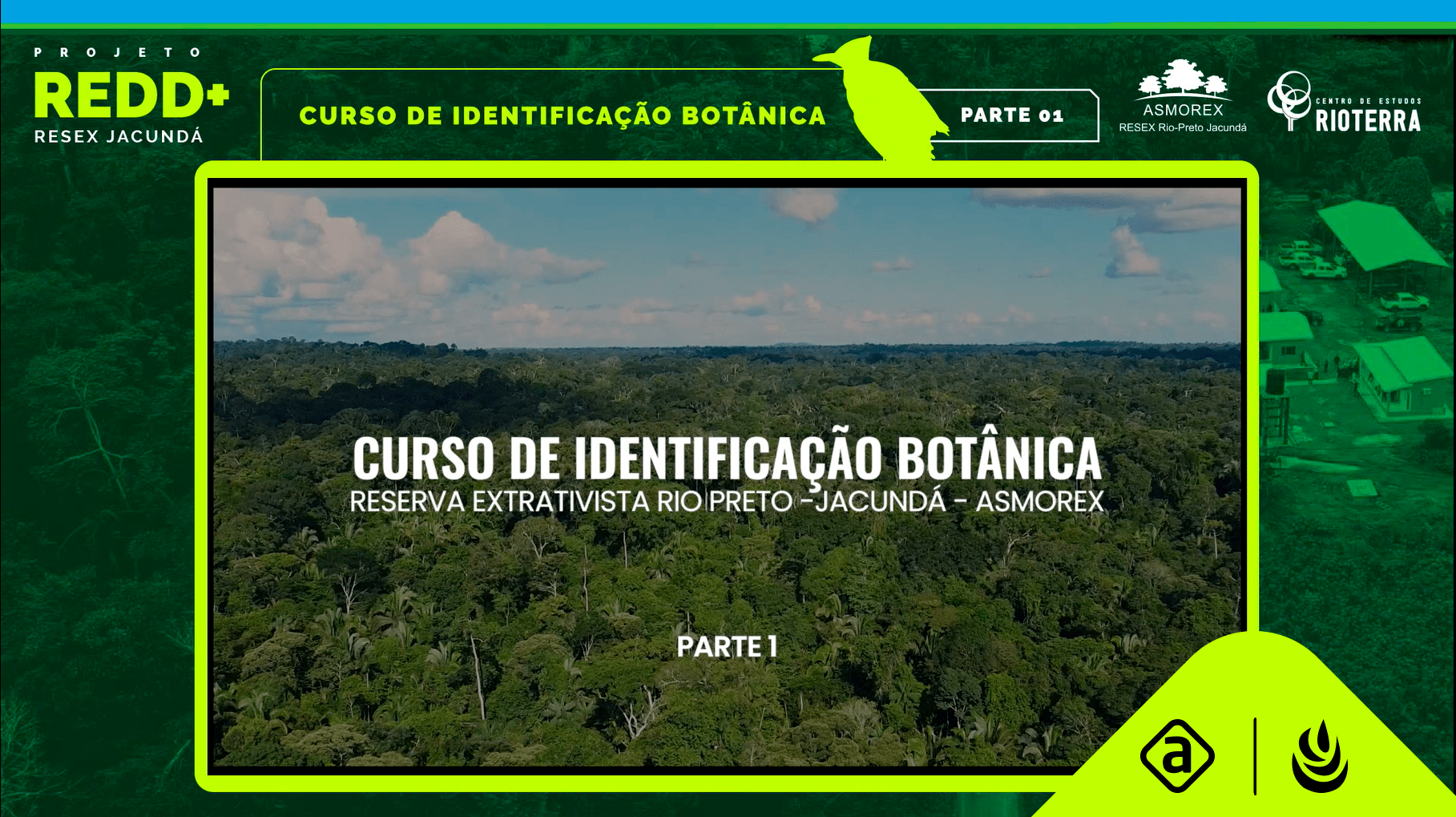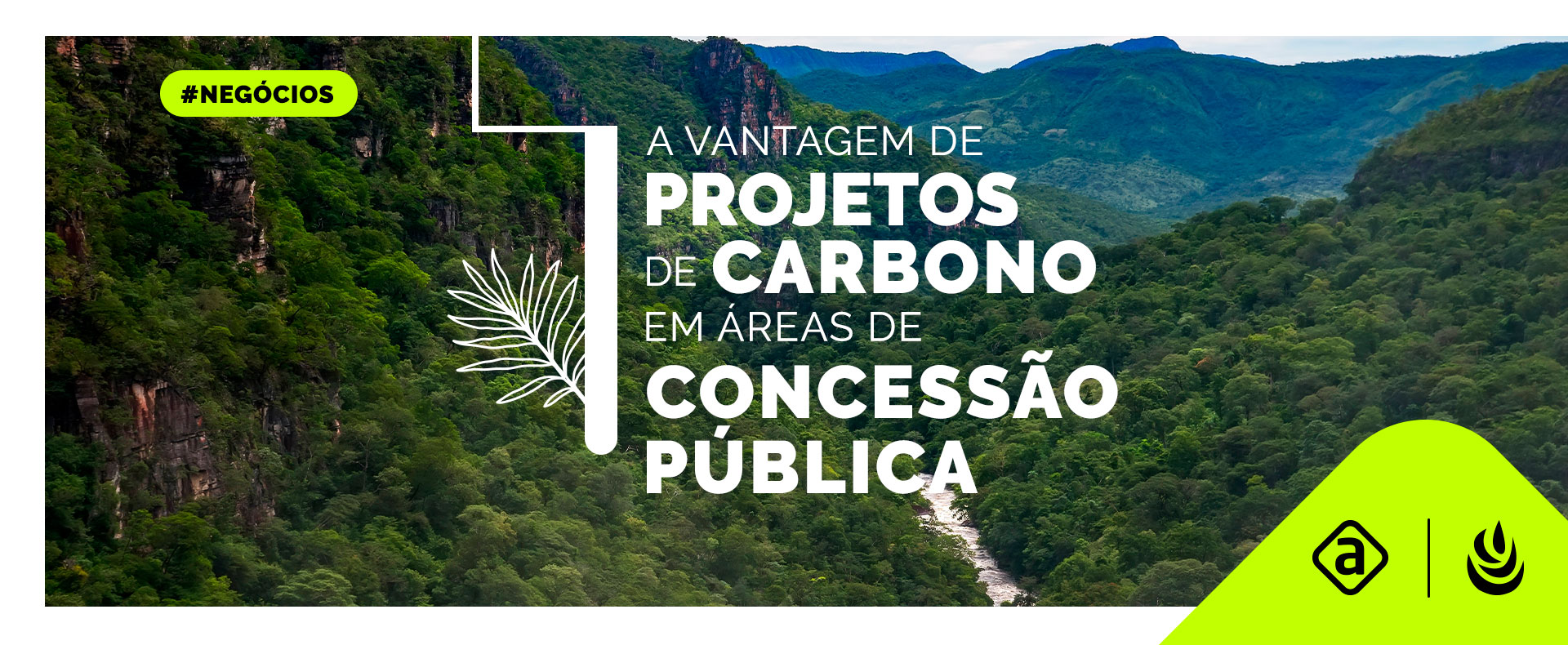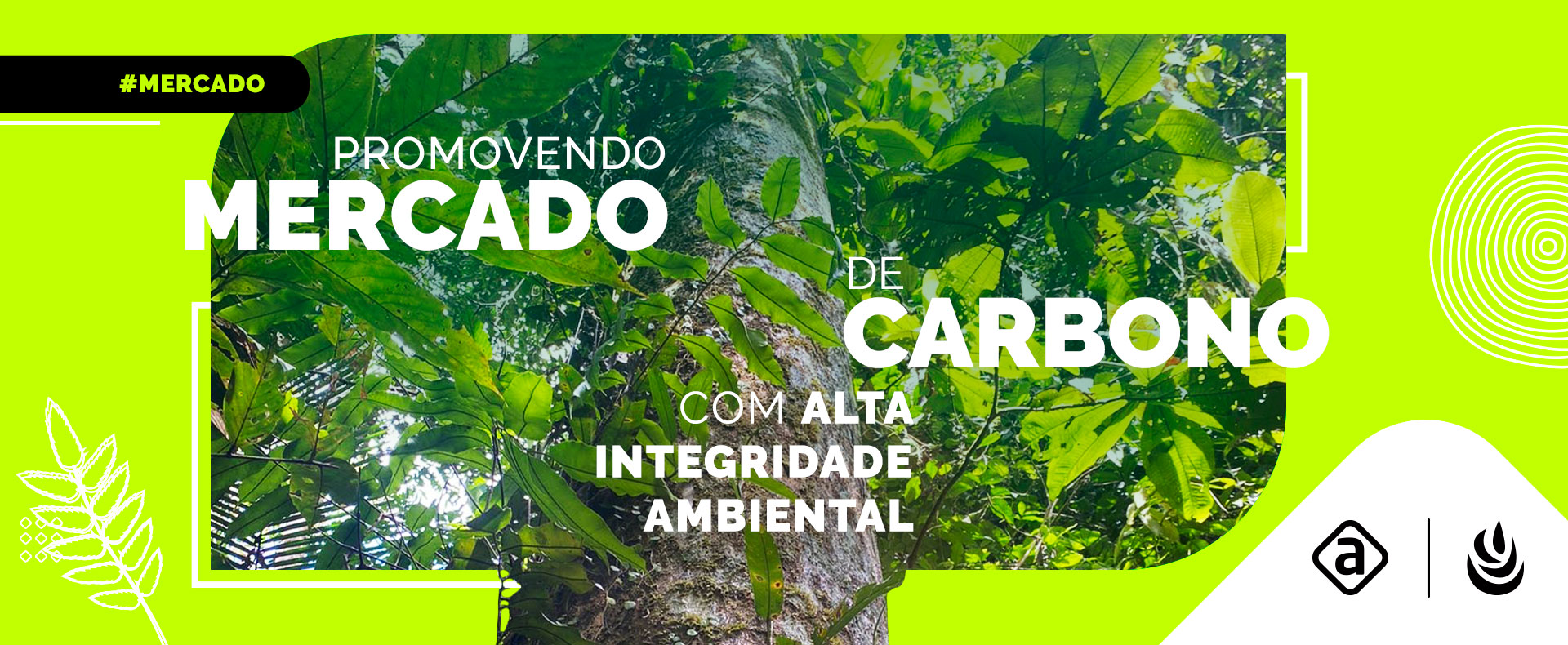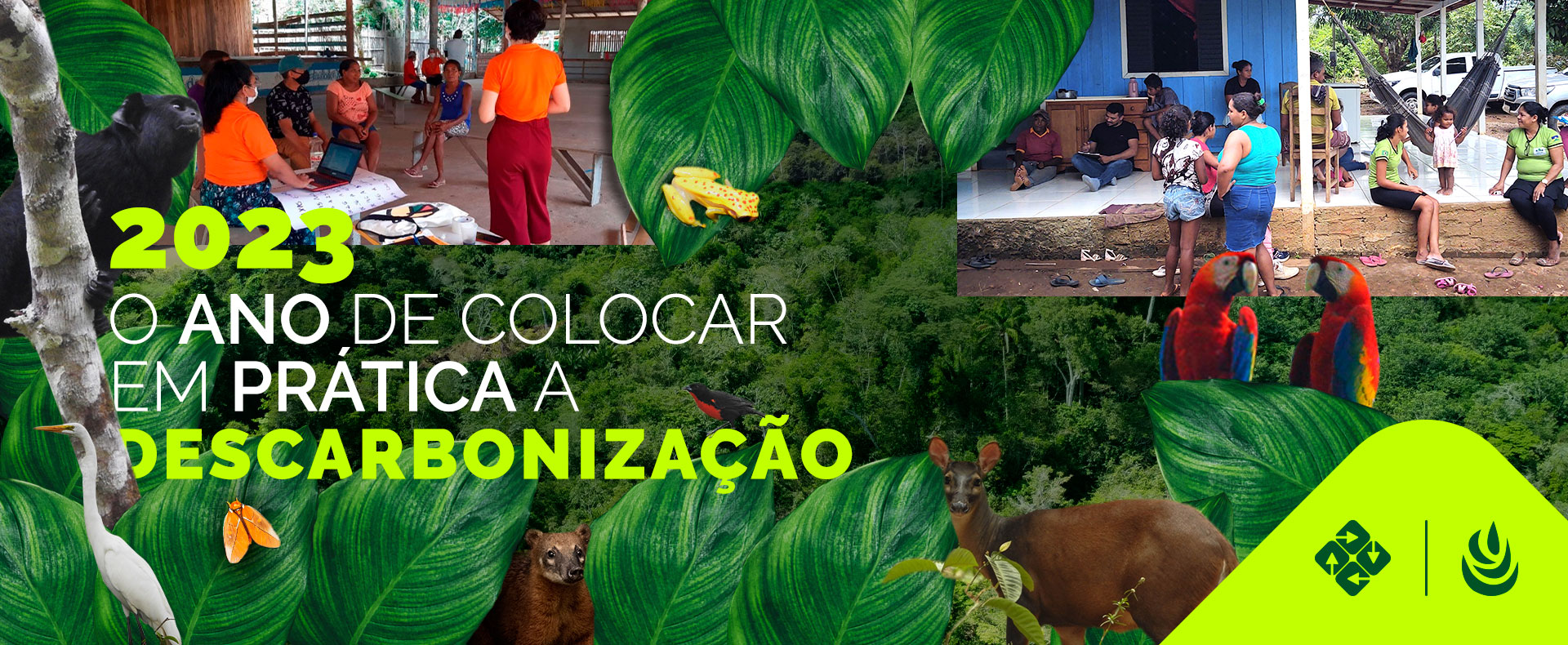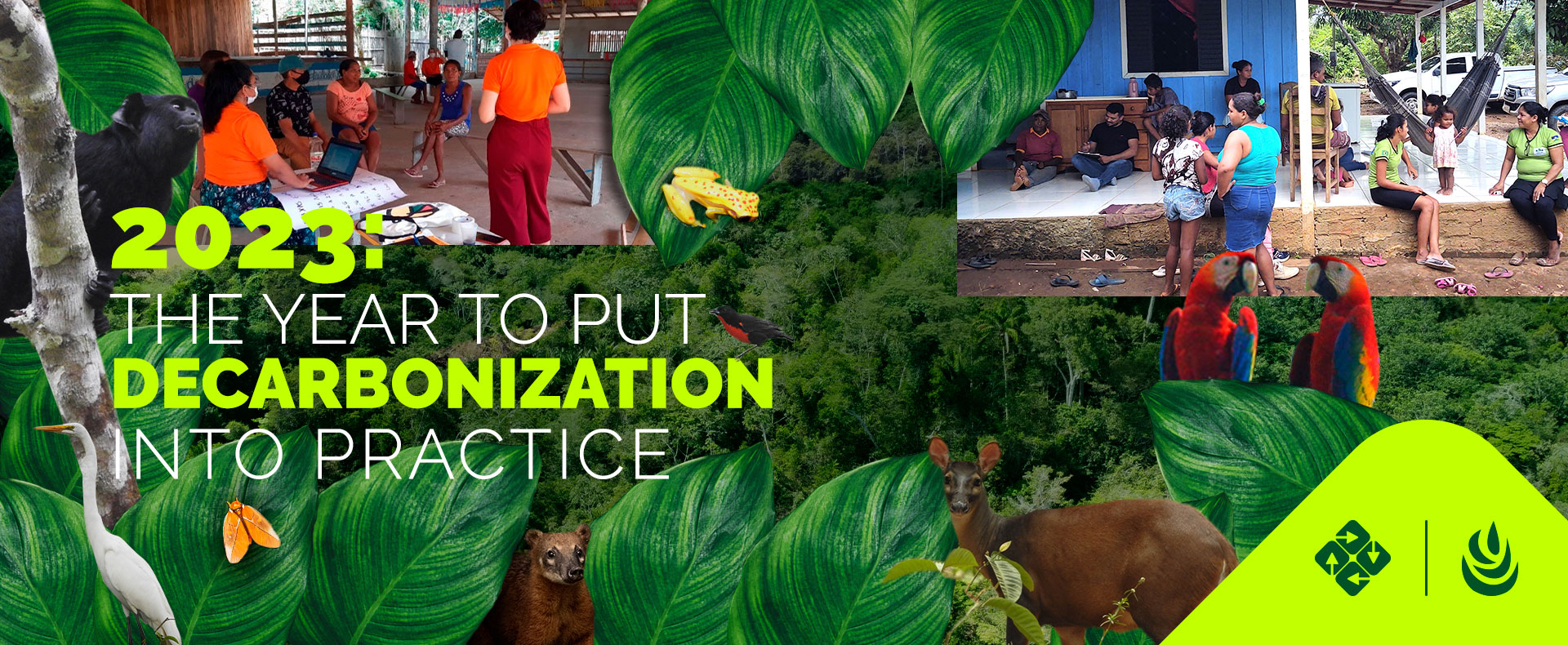
Dear partners and clients,
Together, we saw the growth of the voluntary carbon market in 2022. As we predicted, the last year was a time of many advances, and the trend is an increasing acceleration of this agenda, fruit of the awareness that decarbonization must go from companies’ plans and into action.
The initiatives are many and the urgency is high, which is why the private sector has anticipated legal requirements, creating solutions to meet the market – which has already understood the importance of forest conservation and restoration.
In Brazil, three achievements attest to the evolution of the market and should be highlighted:

- The establishment of Decree 11.075, which defines the procedures for the elaboration of the Sectorial Plans for Climate Change Mitigation and institutes the National System for the Reduction of Greenhouse Gas Emissions (SINARE, in Portuguese). The Sectoral Plans would be a first step to establish a regulated market in Brazil, but other points remain to be defined before reaching a green and yellow mandatory market.
- The growth of the NBS Brazil Alliance – an association composed of more than 20 carbon project developers with the objective of establishing a code of best practices, identifying land and benefit sharing problems, and establishing partnerships with the public sector for the conservation of the Amazon. In addition to being one of the founding members, we are Vice-President of the Alliance, actively working to form a high integrity market for environmental services.
- The definition by the Central Bank of Brazil of how sustainability assets, such as carbon credits, should be registered. For the time being, the definition is only valid for financial institutions, but the new practices will certainly influence all other private players and will be an integral part of the accounting management of companies.
[divider height=”30″ style=”default” line=”default” color=”” themecolor=”0″]
Following the global trends of carbon markets, last year we diversified our portfolio and had a leap in areas conserved under our management from our REDD+1 and AR2 Projects and, consequently, carbon credits generated from these mechanisms.
[divider height=”30″ style=”default” line=”default” color=”” themecolor=”0″]
Among our achievements, we highlight:
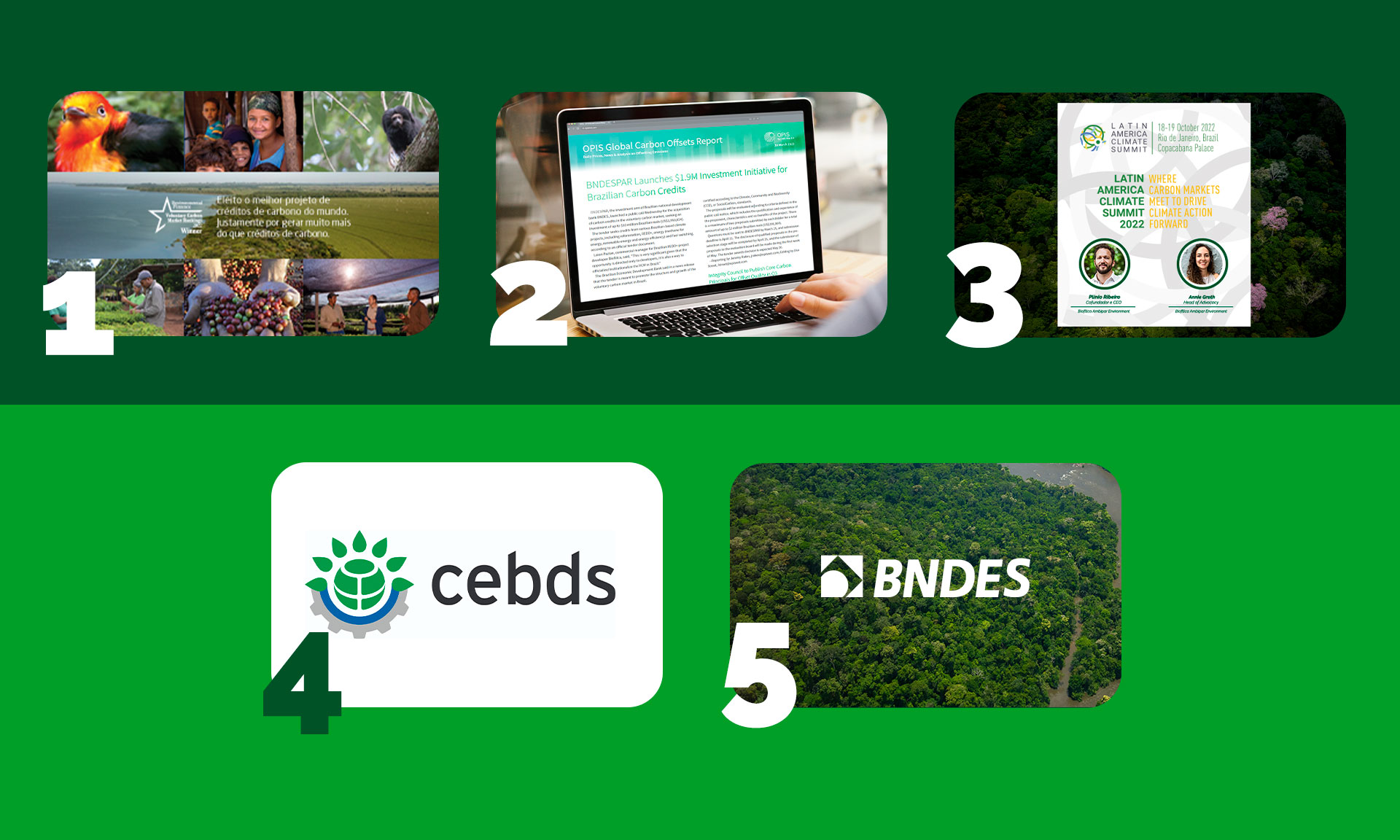
- For the 5th time, we received the Environmental Finance Award with the Corridors for Life AR Project in partnership with IPÊ (Institute for Ecological Research) in the “Best Individual Offsetting Project” category. We also came in second place in the “Best Project Developer, Forest and Land use” category.
- The opening of a public call by BNDES for the acquisition of carbon credits with the objective of promoting the structure and growth of the voluntary carbon market in Brazil.
- We presented at the Latin American Climate Summit, organized by IETA (International Emissions Trading Association). Biofílica Ambipar was the first Brazilian company to join this important organization, which seeks to develop effective rules for the operation of a market with high environmental integrity. In addition, we also joined as observers the Steering Committee of the Business Partnership for Market Implementation, an initiative of IETA with the World Bank.
- We organized a series of four virtual workshops for CEBDS members on the voluntary carbon market. CEBDS’ members represent more than 50% of the Brazilian GDP, being an important voice for private sector developments. There were more than eight hours of content on decarbonization targets, international agreements related to the market, and a practical assessment of a due diligence analysis of REDD+ projects. The result of the work culminated in the publication of a Technical Note.
- In consortium with the law firm Tauil & Chequer, we were contracted by the BNDES (Brazilian Sustainable Development Bank) to elaborate a series of Preliminary Studies for the Concession of Environmental Assets and Forest Carbon Credit in conservation units. The studies will demonstrate, from a market and legal perspective, how it is an important opportunity for Brazil to implement carbon projects on public land.
[divider height=”30″ style=”default” line=”default” color=”” themecolor=”0″]
It is worth mentioning that the Legal Reserve Compensation is another important measure that contributes to forest conservation and to achieve the goals proposed in the Paris Agreement. The evolution was also notorious in this sphere. We saw several states advancing and fulfilling their commitment in the implementation of Environmental Regularization Programs, with São Paulo, Bahia and Mato Grosso do Sul standing out.
Following demand, the largest Brazilian Forest Bank has also grown and next year will have the ‘CRL Portal’ – a search tool for areas according to state, biome, modality and price range per hectare, which is currently in testing phase.
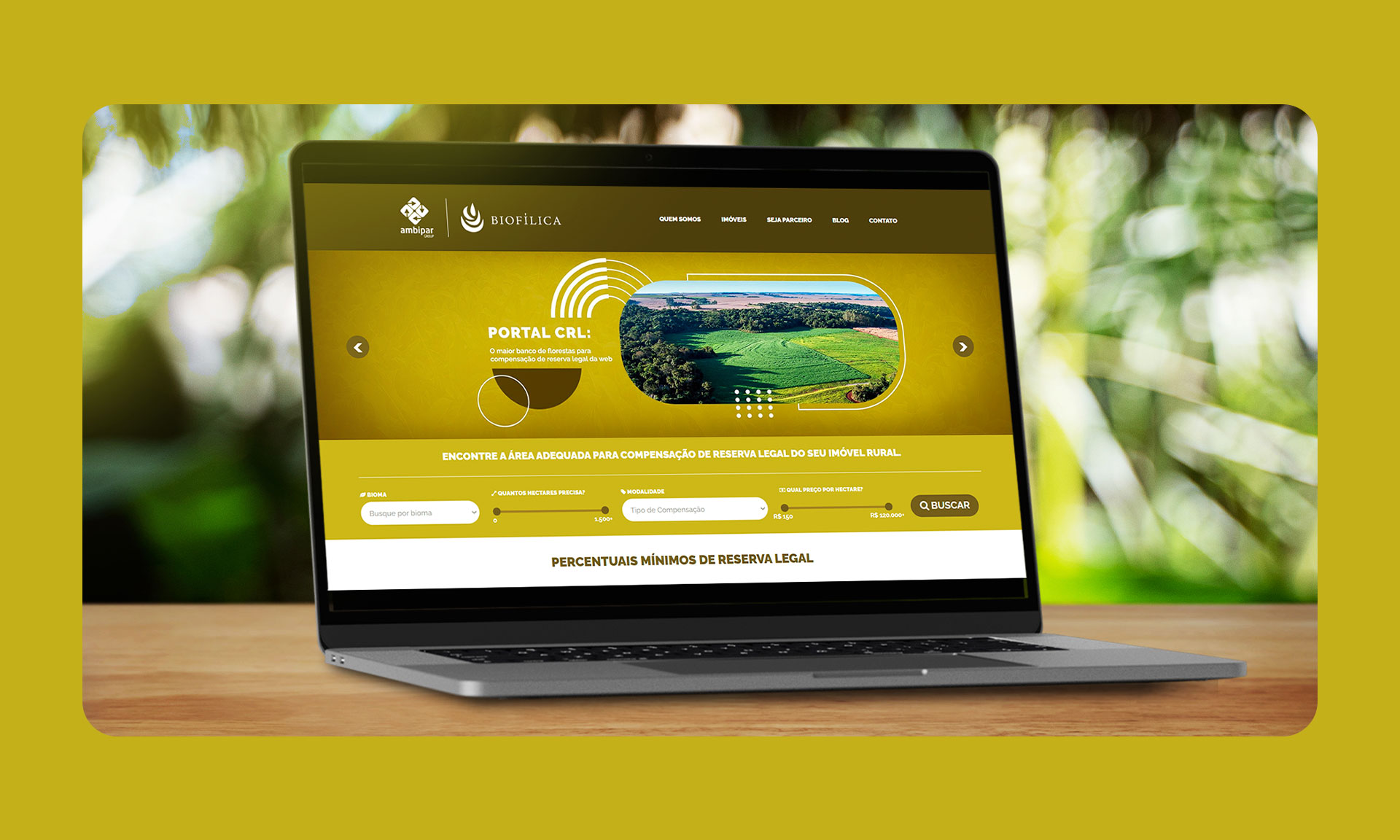
We will face a new government at the Federal level and the promise of a more attentive look at environmental issues. The process of regulating carbon credits in Brazil already started promises to soon institute the National System for Greenhouse Gas Emissions Reduction (Sinare), with the objective of serving as a single central registry of emissions, removals, reductions, and compensations of greenhouse gases and of acts of trade, transfers, transactions, and retirement of certified emission reduction credits.
We were present at COP-27, the UN event that took place in Egypt where we participated in raising discussions about carbon credits. In our view, the serious and committed institutions understood the importance of participating in the transformation, planned and disclosed their actions to become net zero and, from now on, we expect the beginning of the taking of action so that decarbonization, in fact, comes out of the paper.
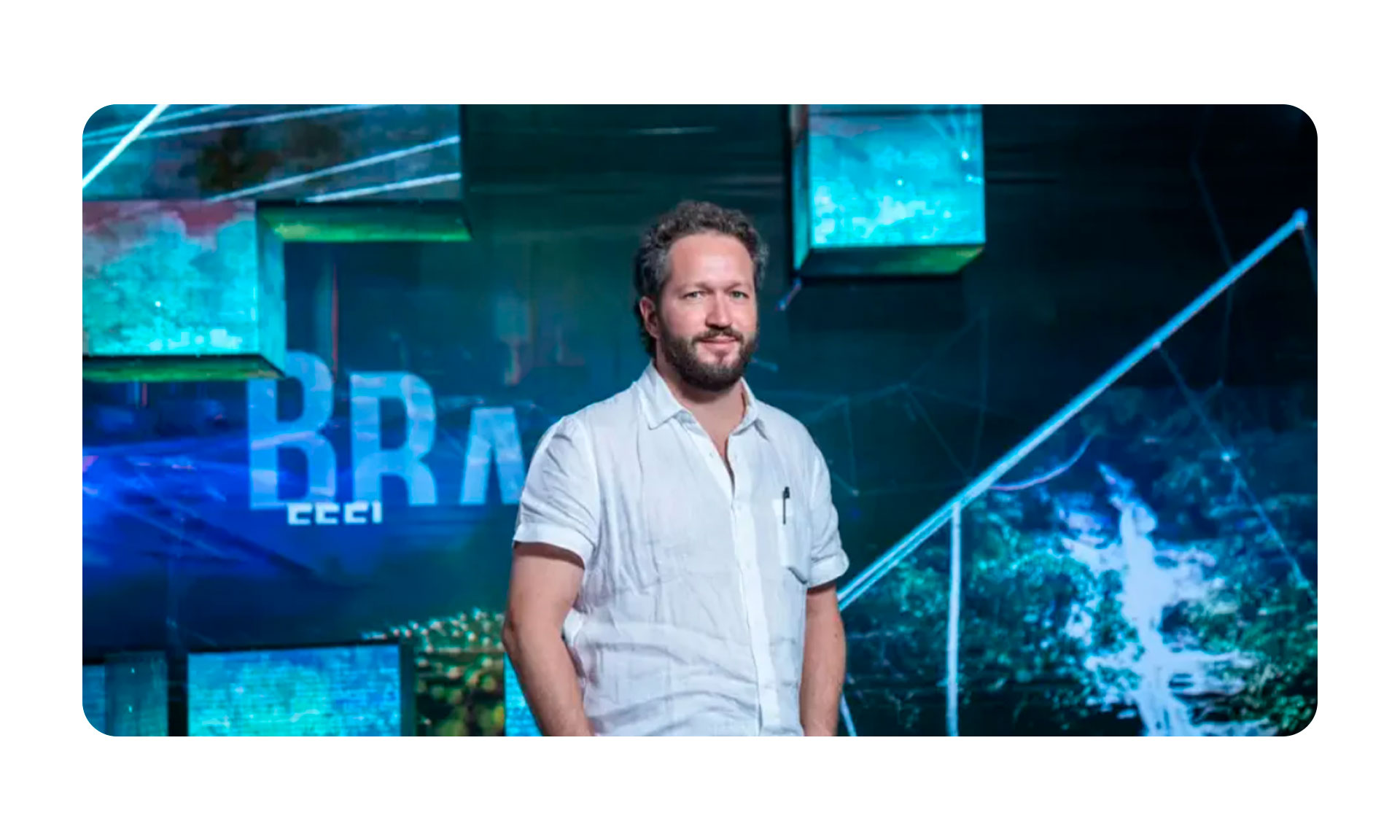
There were so many relevant events that it was difficult to summarize. We know that this evolution of the carbon markets and our participation in it would not be possible without the commitment of our partners, customers, and employees. Therefore, thank you very much for another year of achievements, which leaves us with the hope and optimism that we are only at the beginning of this journey towards the decarbonization of the economy and towards a cleaner and more democratic future.
We will continue to be judicious and follow everything closely, as we always have, keeping you updated through our monthly market newsletters or whenever you need our team of experts. Together, we make a difference.
An excellent 2023 to all!

Plínio Ribeiro
Cofounder and CEO
Biofílica Ambipar Environment
[divider height=”30″ style=”default” line=”default” color=”” themecolor=”0″]
1REDD+ — Reducing Emissions from Deforestation and Forest Degradation plus conservation of forest carbon stocks, sustainable management of forests, and enhancement of forest carbon stocks.
2AR (Afforestation/Reforestation) — an approach based on the increment of carbon in forest biomass by planting, increasing, or restoring vegetation cover (forest or non-forest) through planting, seeding, or human-assisted natural regeneration of woody vegetation.
